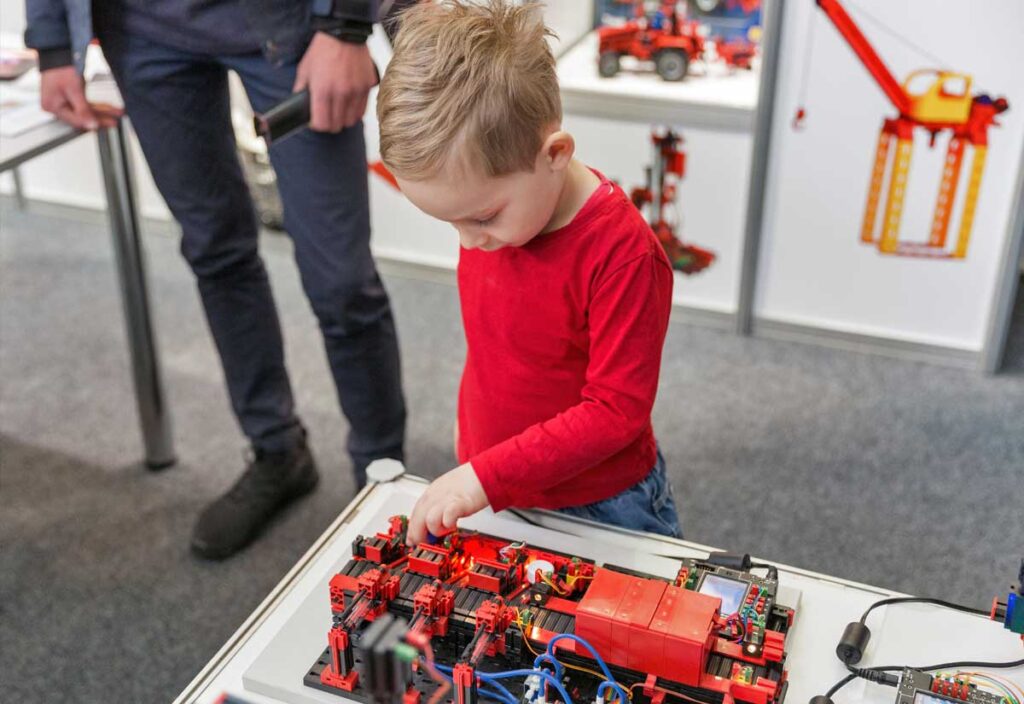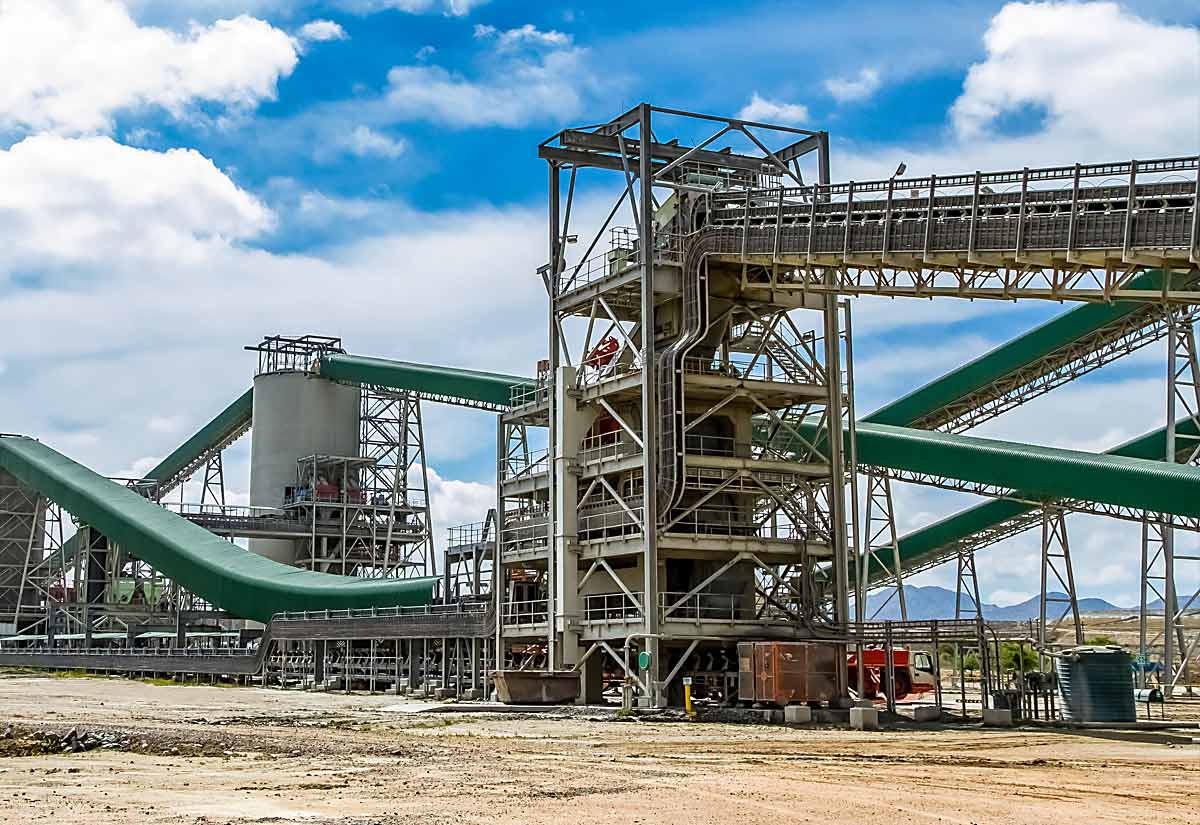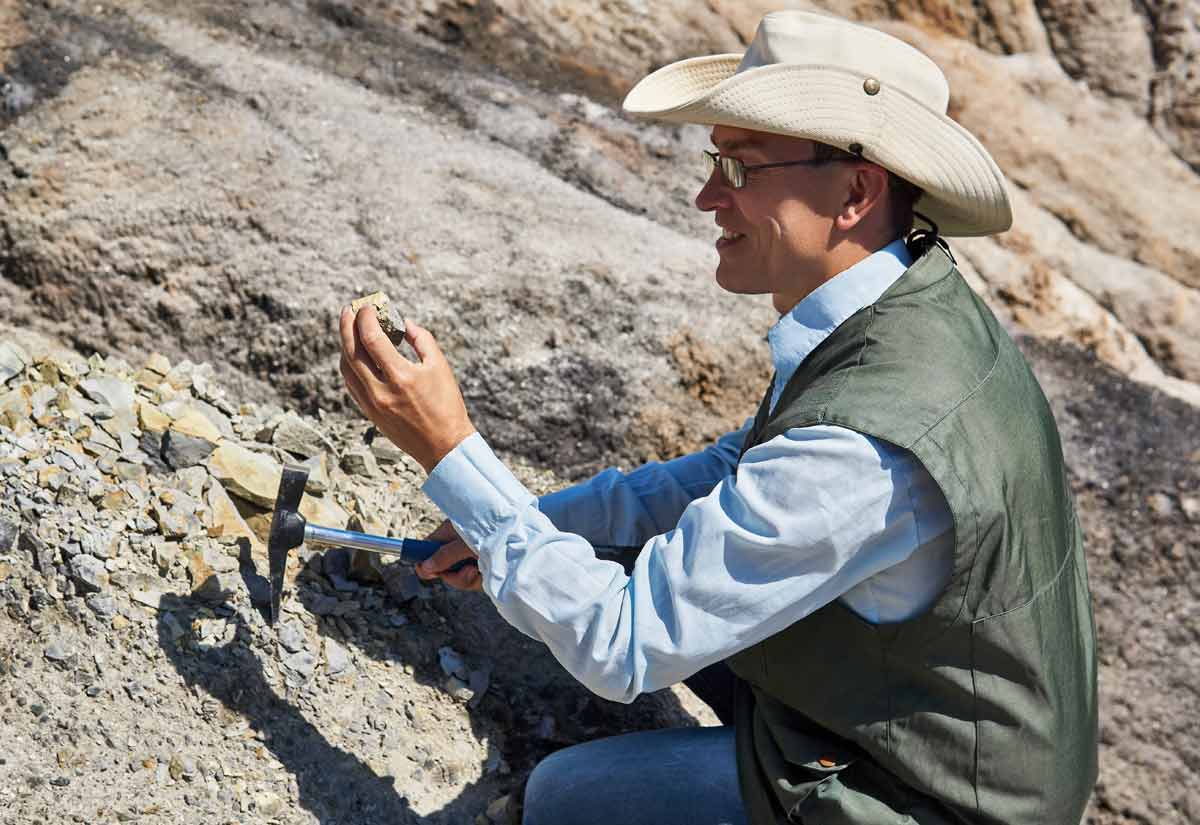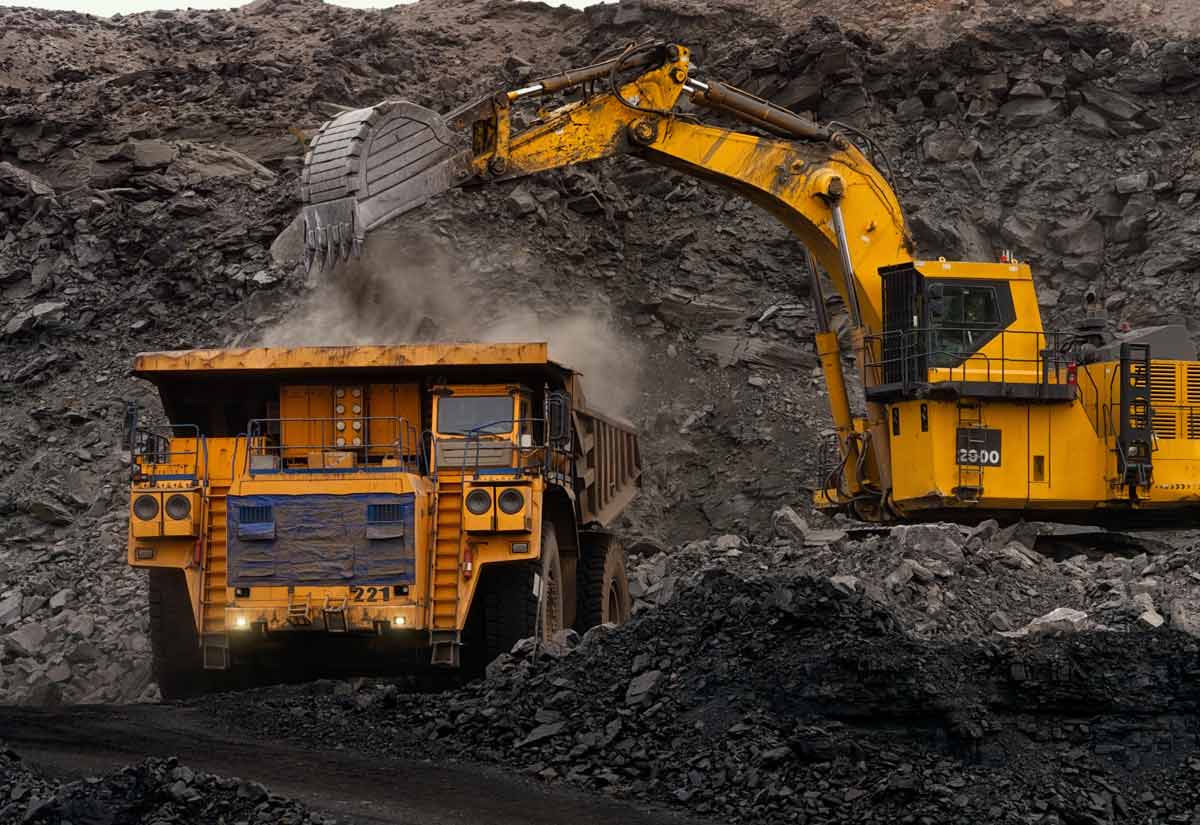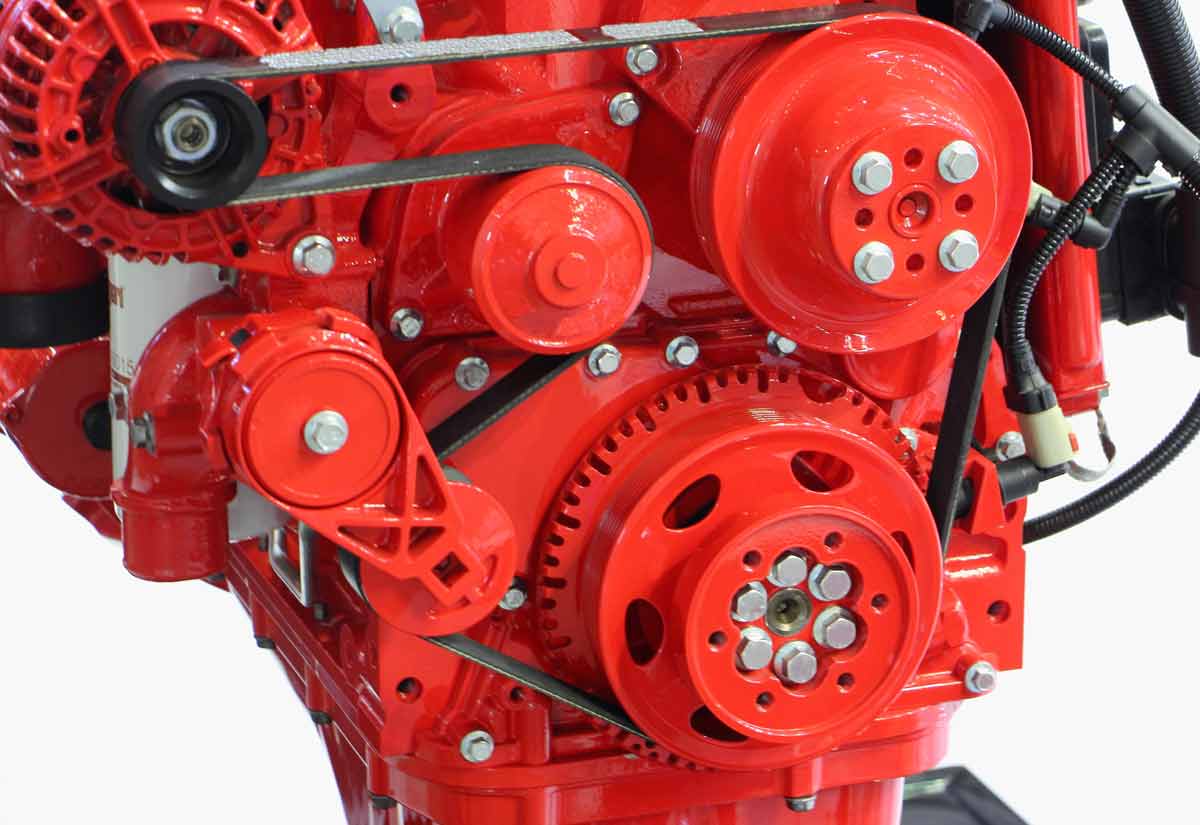Great Engineering Toys of the Industrial Revolution at Resource Erectors
And we’re not talking about Choo-choo Charlie and his Lionels here.
So far in our romp through the history of the Industrial Revolution, we’ve spotlighted the great innovations of engineering such as the steam engine, the precursor to the transistor, and even the very nuts and bolts that literally hold the industrial world together.
We’ve seen how budding engineers like Henry Maudsley and James Nasmyth take what they’re given, build it better, and pass forward their hard-won knowledge to the eager apprentices of the next generation.
Looking back on those engineering pioneers of the first two stages of the Industrial Revolution we witness how the inherent spirit of continuous improvement just comes naturally. Whether the engineer is at the CAD screen designing a bulk material handling conveyor in the 21st Century or repairing and improving an obsolete steam pump in the 19th, they all have traits and talents in common.
Engineers Start Young and Stick With it.
One thing that engineering pioneers frequently have in common is that they all started young and few were diverted from their chosen career path once the engineering bug bit. So if you find yourself with a budding engineer on your hands, if history is any judge, think CalTech or MIT rather than Harvard medical or Yale law. A career in engineering is most likely a done deal already if your kid is into these telltale toys.
1913-1988 Revolutionary Erector Sets Launch Engineering Careers
Young James Nasmyth built a working model steam engine to impress master Henry Maudsley, in one of those cases where a resume’ in the mail just won’t do. To say that young James nailed that interview would be the HR understatement of the millennia. Young engineers of the 20th Century didn’t need to machine their own parts from scratch to fabricate fabulous contraptions though, thanks to A.C. Gilbert, who invented the first erector sets in 1913. Gilbert himself was the inspiration for the movie “The Man Who Saved Christmas”, based on the story of how he persisted on making his toys available for the kids even in World War One wartime conditions.
Gilbert’s Erector Sets have earned their reputation over generations as the ultimate “engineering in a box” product. Replete with electric motors, nuts, bolts, gears, pulleys, perforated plates, and a pile of various-length metal girders, the possibilities for a young creative mind were unlimited. If your kid cranks out a cool helicopter with lethal motorized metal girder rotors instead of the boxtop crane, you just might have yourself an engineer.
Sadly, as the educational engineering toy marketed for smart kids age 7 to 14, with numerous metal parts, gears, electric “action” motor options, and potential finger pinchers galore, its days were numbered. The classic metal sets were a 1989 nannycrat safety nightmare and they’ve long been yanked from the mainstream toy market.
Which makes them even more valuable.
From Gilbert’s Number 8-½ Erector Set To General Motors Project Engineer
“My concern is that the next generation will miss out on A. C. Gilbert’s wonderful creation if the information accumulated by the current collecting community is not passed on.” – Bruce Hansen Project Engineer at General Motors
Gilbert’s construction toy erector sets are now collector items (with collectibles prices to match on eBay!) after an outstanding (and much more affordable!) production run that endured from 1913 to 1988. General Motors Project Engineer Bruce G. Hansen does a deep dive into the development of these classic career-launching erector sets in his comprehensive Gilbert Erector Set Guidebook.
Senior engineer Bruce Hansen is of the opinion, and we agree, that the Gilbert Erector set is such an invaluable tool for early engineering education that his elaborate 72 page pdf guidebook is in the public domain. And he’s thinking about the next generation to pick up the Erector engineering tradition, as Industrial 5.0 rolls on and engineers become more essential to the world than ever.
Bruce explains,
“That twenty-something [candidate] is the future of keeping Erector alive and well! If we want A. C. Gilbert’s legacy to continue, new blood must be introduced to his wonderful toy!”
A.C. Gilbert Vaulting the Industrial Revolution Higher
A.C. Gilbert was born February 15, 1884 and died on January 18, 1961. As Bruce Hansen writes, Gilbert managed to pack many achievements in those 76 years. The engineer/entrepreneur/inventor won a gold medal in pole vaulting at the 1908 Olympics, and later he earned his degree in medicine at Yale in New Haven, Connecticut. But as we’ve mentioned, once an engineer, always an engineer, and like his predecessors Maudsley and Nasmyth, A.C. Gilbert would not be deterred from his chosen career path as a manufacturing entrepreneur.
Instead of practicing medicine or becoming a college athletic director, he started the Mysto Manufacturing Company in 1909. He introduced the Erector set in 1913. Gilbert’s company was one of the most respected toy manufacturers, but they were also the largest manufacturer of fractional horsepower motors, and the company held a lucrative patent for enameled wire.
According to “Erector Lore”, legend has it that A.C. Gilbert saw the new electrification towers of Industrial 2.0 being erected as he rode the train to bustling New York. Wouldn’t boys be interested in building things like those towers? He bought out his Mysto partners in late 1913 and renamed the business The A. C. Gilbert Company in 1916.
Bridging the Decades With a Digital 1950 Erector Set Ferris Wheel
In this entertaining article at NutsandVolts,( an electronics geek’s playground if there ever was one), we see once again the persistent engineering tradition of one generation building on the shoulders of another.
Building a better gadget continues as a 1950’s ferris wheel from a Gilbert #8-½ Erector Set gets decked out for the digital age with flashing LEDs and a 21st Century red SparkFun triggerable MP3 board that plays carnival music to give the classic project “the feel of the midway.”
Engineer David Goodsell lays out all the tech for getting the most out of the old Gilbert’s Number 8.5, which also had everything needed to build the working Bascule Bridge model, in his excellent article THE MAGIC OF THE GILBERT ERECTOR SET.
If your kid sees the magic too, and NutsandVolts is one of their popular online hangouts, you’ve probably got yourself an engineer.
About Resource Erectors
At Resource Erectors it’s always a good time to be an engineer and we don’t toy around with your advancing career. We maintain ongoing recruiting connections with our heavy industry company clients to help you bridge the gap between the compensation you earn and the compensation a highly qualified professional deserves.
Engineering is just one of the diverse heavy industry career paths available at Resource Erectors. We place professional candidates in sales, logistics, fleet management, quality control, safety, and more across a wide range of industries including aggregates, minerals, quarrying, construction materials, foundries, mining, manufacturing, concrete, civil construction, and regional operations management. When you’re ready to make a revolutionary move in heavy industry, you’re ready for Resource Erectors so don’t hesitate to contact us.
